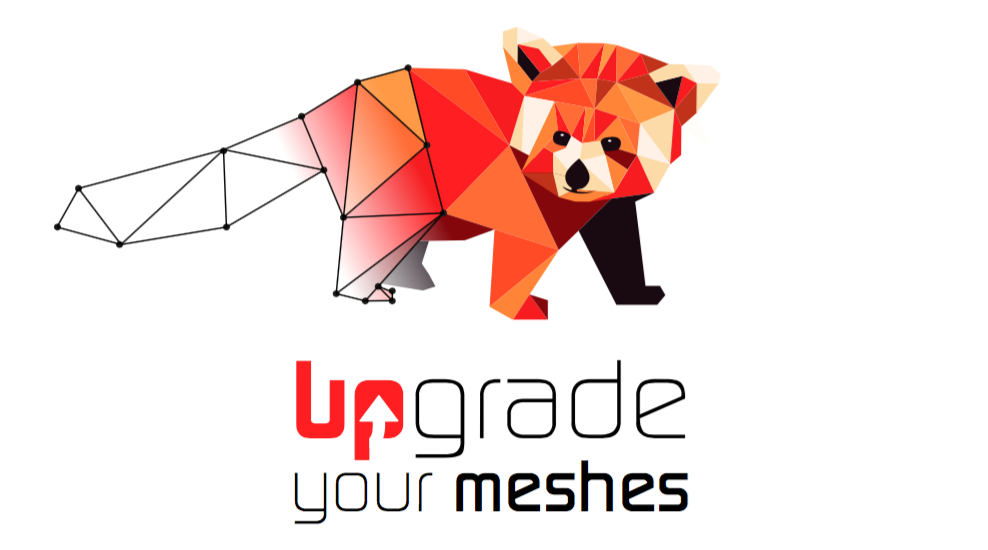Dear Algiane,
Specifying the Hausdorff parameter per boundary I am afraid is not really a solution for my case as I have continuously varying features.
Regarding the metric you mention, I had indeed noticed that in more recent versions of the develop branch it was possible to specify a metric in addition to the level-set, and actually also tried it out. My understanding was, however, that this metric controlled the size of the mesh, which I can work with, but is not ideal. Given what you said that this metric simulates a variable Hausdorff value I am now in doubt, what do you mean exactly when you say this metric simulates a variable Hausdorff value? Was I correct in thinking that this metric controls the mesh size or does it control something slightly different?
Regards,
K
